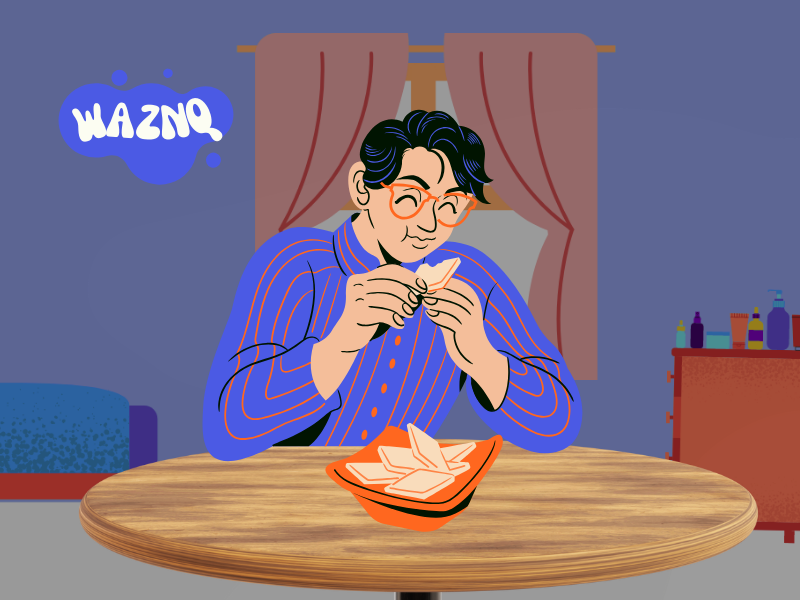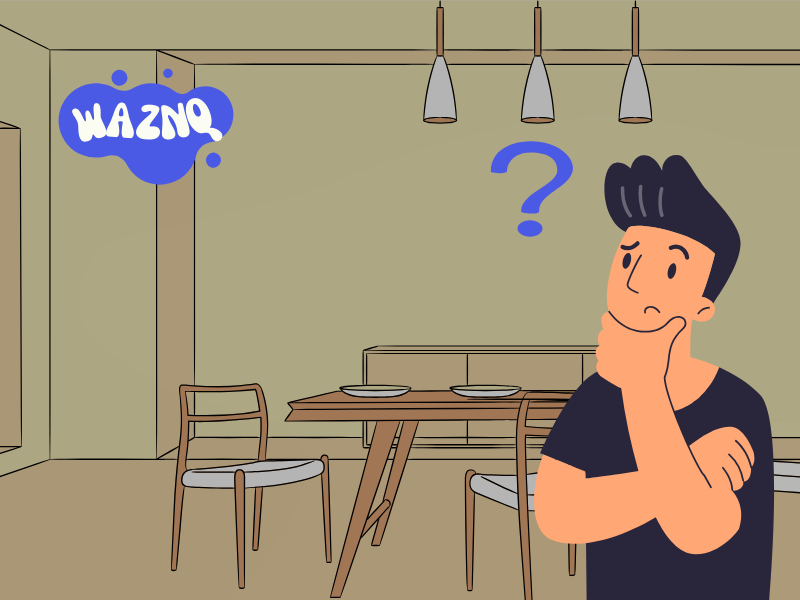So, here’s the thing. I always heard about intermittent fasting and OMAD, but I never really knew what made them different until I actually tried them myself.

Intermittent Fasting (IF) – My First Step
At first, I started with intermittent fasting. Basically, I was skipping breakfast and just eating lunch and dinner. Sometimes I’d have a small snack in between, but nothing crazy. I think my eating window was around 8 hours, and honestly, it wasn’t that hard after the first few days.
Did I lose weight with it? Yeah, I did. But I won’t lie – it was slow. Like, I wasn’t dropping weight fast or anything, but I was seeing small changes every week. My pants started feeling looser, and that alone kept me going.
Trying OMAD – The Big Change
Then I heard about OMAD. One Meal A Day. At first, I thought people were insane for eating only once a day. Like, how can someone survive like that?
But I was desperate to lose more weight, so I decided to try it out. The first two days were rough. I felt super hungry and a bit dizzy around noon, but I kept drinking water and green tea to distract myself.
When it was finally time to eat, I made sure my plate was full of everything I needed: chicken or beef for protein, rice or potatoes for carbs, and a big salad with olive oil. Sometimes I added a small piece of avocado or nuts for healthy fats.
After a week on OMAD, I started seeing results like crazy. My face looked slimmer, my belly was going down, and I felt lighter overall. It was honestly the fastest progress I’ve ever had in my life.
But… I Couldn’t Keep It Up Forever
Here’s the honest truth. OMAD works, but it’s not easy to keep doing every single day. After a month, I felt like I needed to eat more meals again, so I switched back to intermittent fasting. I didn’t want to feel weak or tired, and IF felt more like a normal lifestyle for me.
My Final Thoughts
If you’re thinking about trying OMAD, I’d say don’t jump into it right away. Start with intermittent fasting first, see how your body feels, and build your discipline. Then if you want faster results, go for OMAD for a while.
But remember, this is about your health, not just numbers on a scale. Listen to your body. Take it slow. And don’t stress too much – progress will come as long as you stay consistent.

There’s something I’ve been seeing a lot lately about OMAD and intermittent fasting that honestly bothers me. Some coaches out there are telling people, “Yeah, you can eat whatever you want during your one meal. It doesn’t matter if it’s junk food or has sugar. Just eat anything.”
Let me tell you from my own experience – that’s just wrong.
If you do OMAD like that, you’re not going to lose weight. In fact, you might not see any progress at all. I’ve tried it before, thinking I could eat anything during that meal, and guess what? My weight didn’t move. I was stuck in the same place for weeks.
Honestly, even regular intermittent fasting with two meals a day works better than OMAD if your one meal is full of unhealthy food. It’s not about starving yourself for 23 hours just to stuff your face with whatever you want in that one hour. That’s not how your body works.
Here’s what I learned: If you want OMAD to actually work for you, make sure your meal is clean and healthy. You can eat a bigger portion if you want, as long as it’s real food – protein, carbs, veggies, healthy fats. Eat until you feel satisfied, but don’t force yourself to overeat just because you’re having only one meal.
At the end of the day, it’s about nourishing your body and giving it what it needs, not just filling it with anything to kill the hunger.
Anyway, that’s just what worked for me. Everyone’s different, but I hope this helps someone out there who’s trying to figure out where to start.
Stay strong.

